
February Garden Guide
Note: This is general information for the entire state of Arkansas on what to plant in your garden in February. For specific questions about planting in your area, please reach out to your local county agent.
Winter weather in Arkansas can change so drastically overnight! One day, it will be a lovely 50°F, and the next, there might be a snow storm.
February is when we really start seeing those first signs of spring, such as cheery, yellow daffodil buds and new iris leaves sprouting from the ground. These signs tell us that springtime in Arkansas is just around the corner, and that means it's time for us gardeners to do our annual winter pruning.
Garden Chores for February
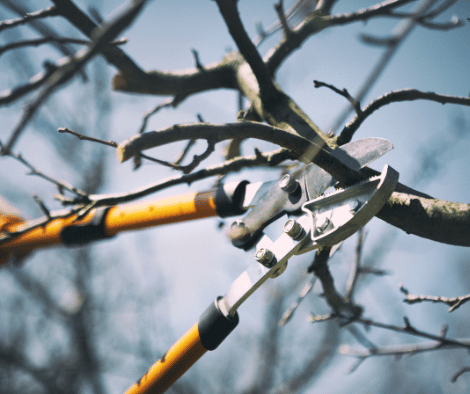
While pruning in February is important, it isn't the only garden task to be done this month. Check out which chores we recommend doing:
- Monitor rainfall; water accordingly. Keep an eye on the radar for an incoming freeze, and be sure to water any newly planted trees or shrubs, as well as all container plants, before the temps drop. Chances of damage are higher if plants are too dry going into the freeze.
- Harvest late-planted vegetables, if needed.
- Clean up your garden, if you haven't done so already. Tidy as needed.
- Remove and destroy any bagworms left on your trees from last year.
- Remove dead stubble off of ornamental grasses before new growth in the spring.
- Divide summer- and fall-blooming perennials, such as coneflowers, asters, peonies and phlox. Share with your neighbors and friends!
- Do your winter pruning (find tips below!).
- Mulch strawberry beds with straw.
- Fertilize spring-blooming bulbs when you see the flower buds emerging.
- Plan out your garden for the coming year. Consider location and what you will be planting. Place your beds near a source of water that gets at least 6 hours of full sun a day.
- Plant cool-season vegetables mid-February.
Pruning in Winter: Which Plants to Prune and When
Timing is critical for flowering and fruiting plants!
As for non-fruiting and non-flowering plants, you will want to wait for new growth in the spring to prune plants, especially if they have winter-damage. Pruning these plants too early can expose the already damaged plant to even more winter damage in the event of a late frost.
In general, plants that bloom in the spring should be pruned immediately following blooming, and plants that bloom in the summer should be pruned in late February before growth begins. There are a few exceptions to this rule, such as gardenias and some hydrangeas.
Roses, fruit trees, and ornamental grasses also have specific requirements for pruning, especially peach trees. Be sure to do your research before snipping.
Get more tips for pruning your landscape!
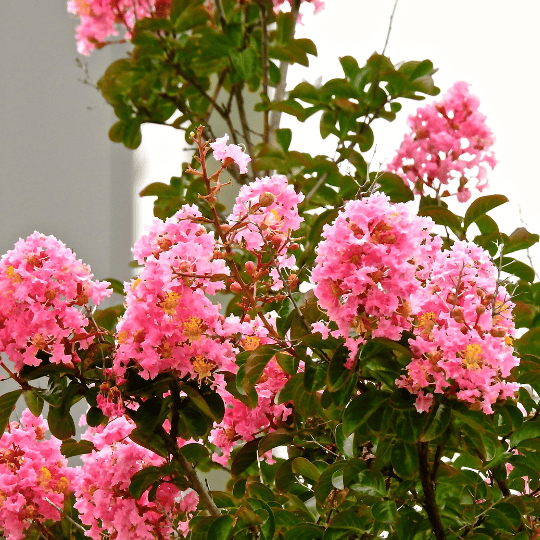
Prune Now!
Prune your summer-blooming shrubs and hedges—including your hybrid tea roses and Knock-Out roses—from late February to mid-March.
- Abelia
- Beautyberry
- Butterfly Bush
- Chaste Tree
- Crapemyrtle
- Repeat-Blooming Roses
- Rose of Sharon
- Summer-Blooming Spirea
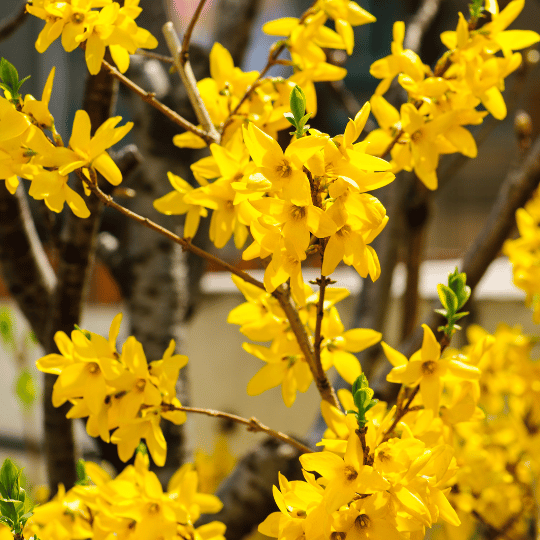
Prune Later!
Wait to prune spring-blooming plants and climbing roses that bloom only once as soon as blooms are spent.
- Azalea
- Flowering Quince
- Forsythia
- Rhododendron
- Smooth Hydrangea
- Spring-Blooming Spirea
- Non-Repeat Spring Blooming Roses
- Viburnum
If you have any questions about which plants to prune and when, be sure to reach out to your county extension agent!
February Vegetable Planting Guide
Cool gardening season runs from February to mid-April in Arkansas. English and snap peas are the most cold-hardy, followed by greens, then the Cole family (broccoli, cabbage, etc.). Find our recommendations for what to plant this month:
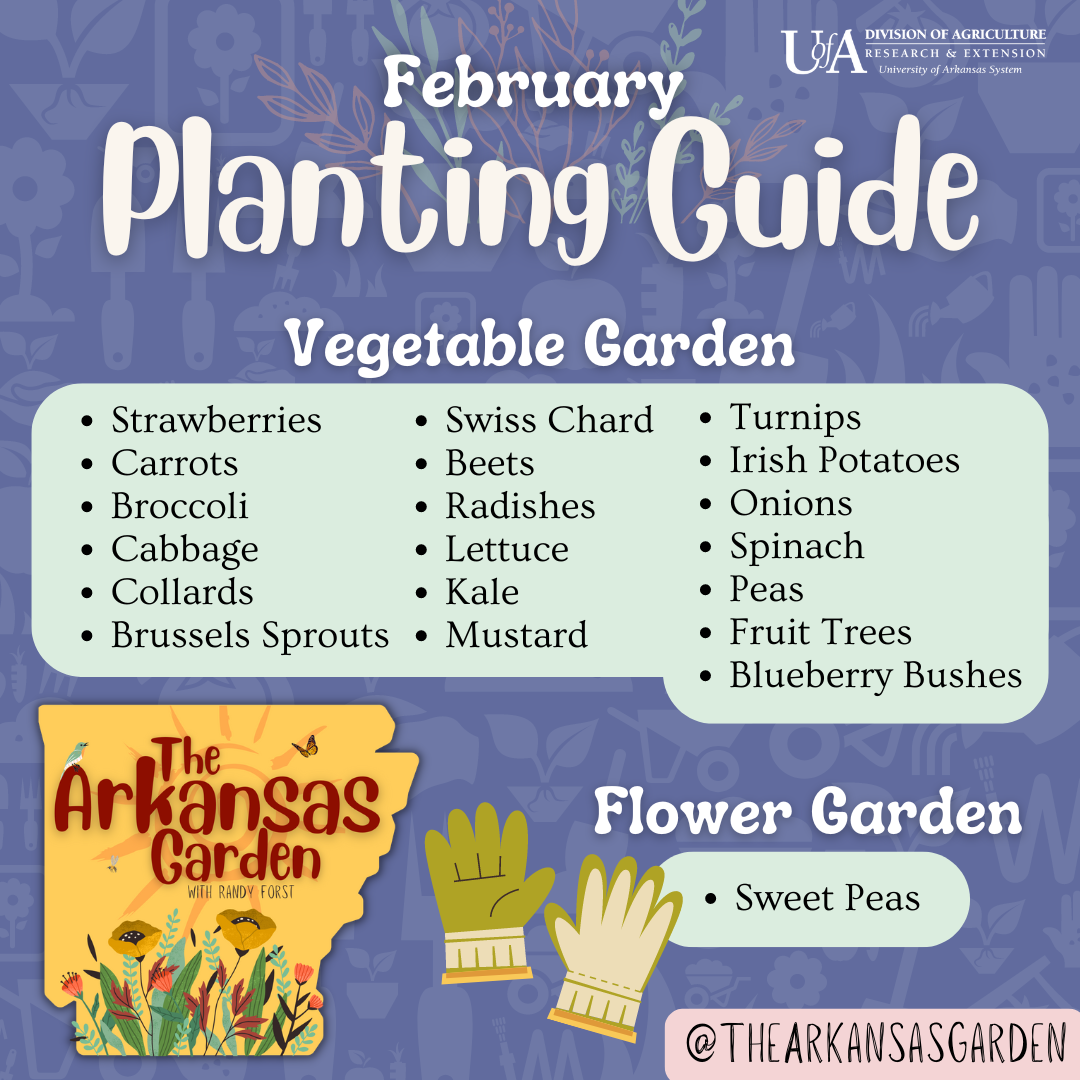
- Strawberries
- Carrots
- Broccoli
- Cabbage
- Collards
- Brussels Sprouts
- Swiss Chard
- Beets
- Radishes
- Lettuce
- Kale
- Mustard
- Turnips
- Irish Potatoes
- Onions
- Spinach
- Peas
- Fruit Trees
- Blueberry Bushes
With so many plants to put in the ground this month, you will need to consider how you are going to plant these foods. Do you want to plant in a raised bed? Now is the time to build one, if you need to.
Be sure to alternate the locations for your plants every 2-3 years, depending on how much space you have in your garden.
Peas will need some kind of support, so be sure to offer them a trellis, fence, cage, or something else they can climb on.
Now is a good time to add young fruit trees to your garden. Make sure to research what varieties grow best in your location (you can always ask your extension agent!), and find out whether you need to get both male and female trees of the fruit you are trying to grow.
Greens, spinach, and carrot seeds can all be sown directly into the ground when temperatures warm up in mid-February.
Look for onion sets and onion transplants in the nurseries as well as "seed potatoes." Seed potatoes are sold specifically to be planted in the ground, as opposed to potatoes you can find in the produce section of the grocery store, which have likely been treated to avoid sprouting.
February Flower Planting Guide
It's still a little on the chilly side to start planting flowers in Arkansas. Hold off on planting many flowers for now. If you're itching to plant a flower this month, try:
- Sweet Peas
Enjoy your spring-flowering bulbs! We should be seeing plenty of our springtime favorites. First, we will see crocuses and early daffodils, then come the hyacinths, tulips, and flowering onions! Remember to not damage the foliage on your perennial bulbs after the blooms are spent for at least 6 weeks, as this sets them up for a happy, healthy bloom next year.
In Bloom in February
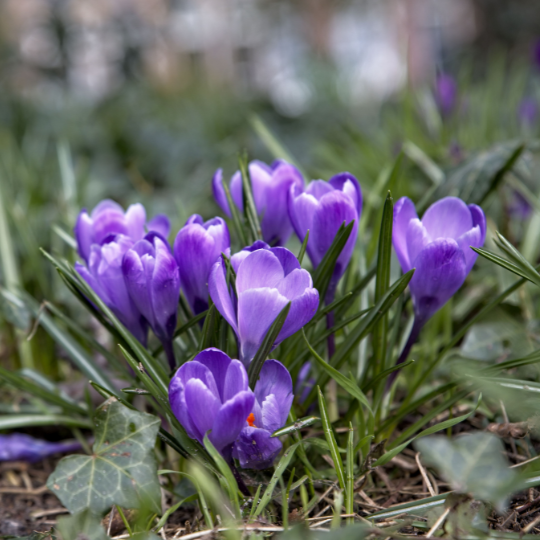
Crocus
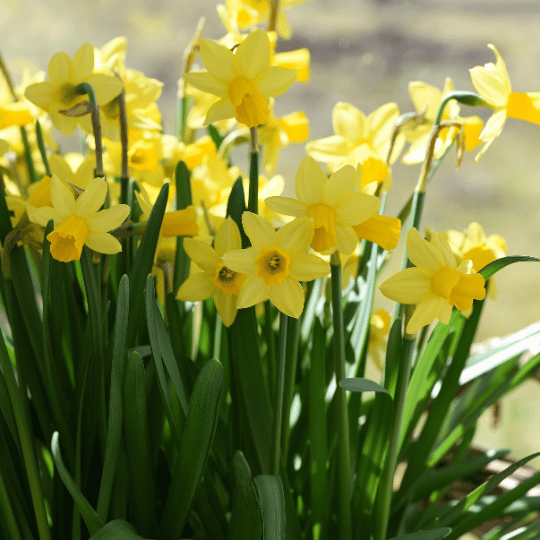
Daffodil
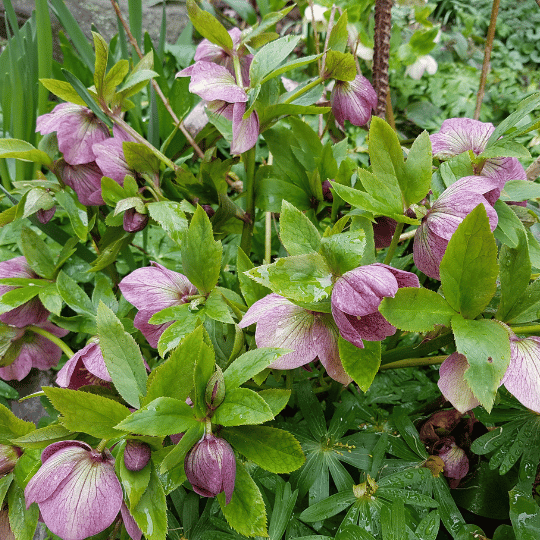
Lenten Rose
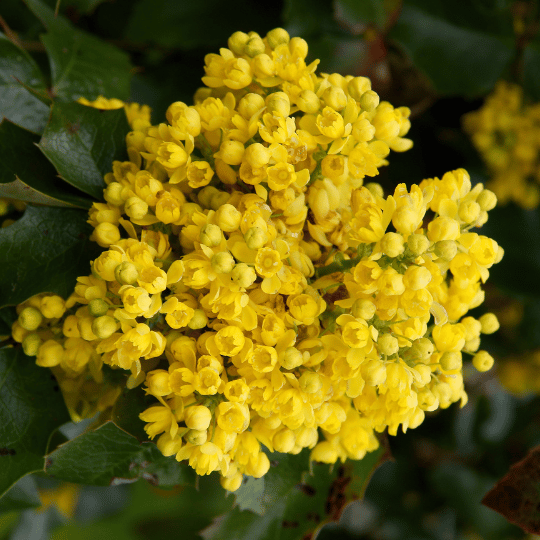
Mahonia
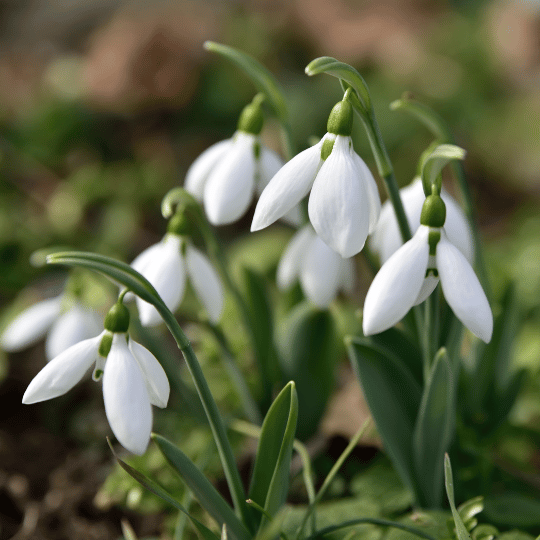
Snowdrop
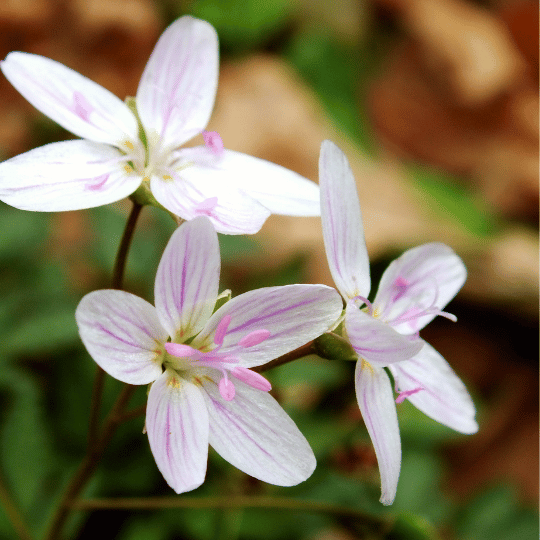
Spring Beauty
January | February | March | April | May | June
July | August | September | October | November | December

